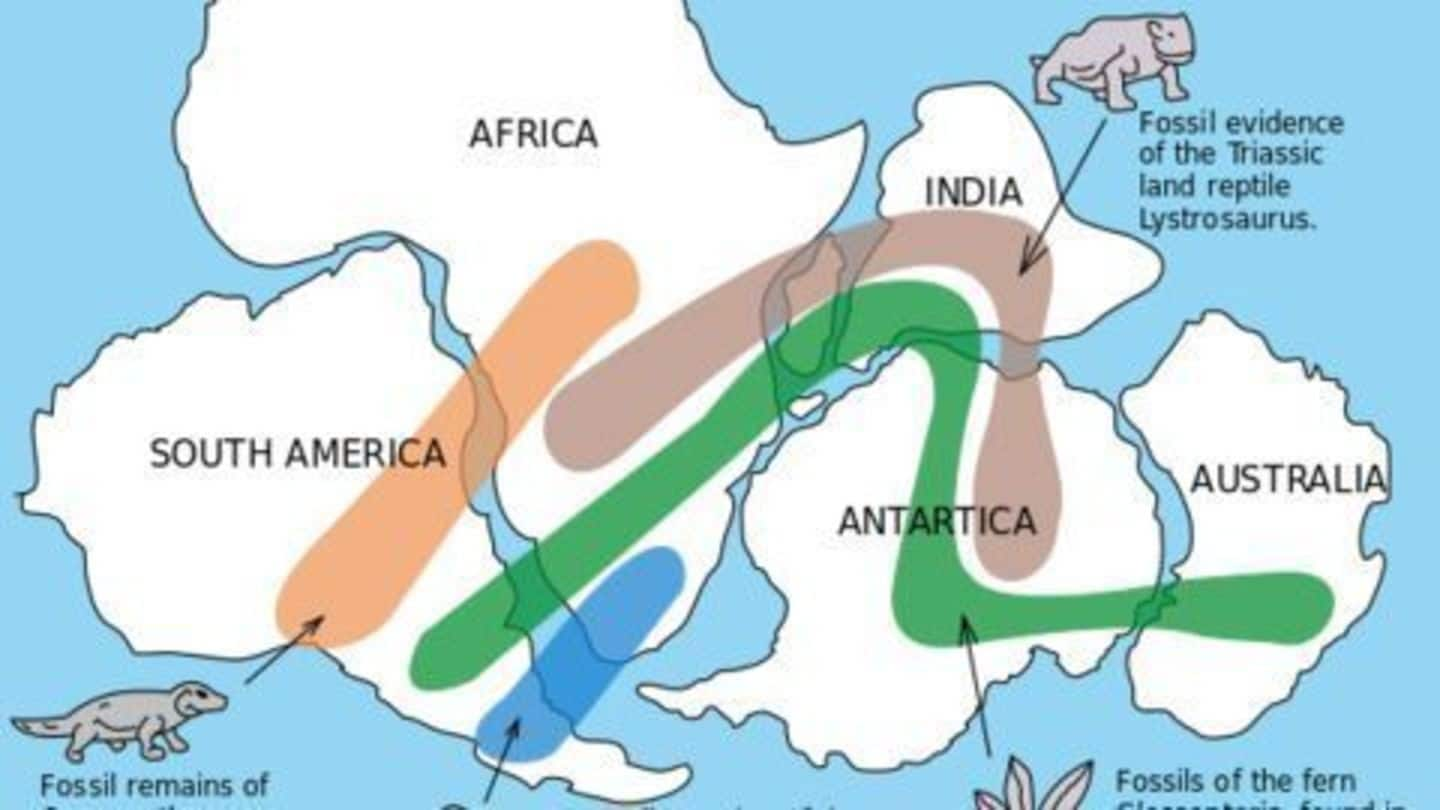
Researchers find evidence supporting India-Antarctica supercontinent hypothesis
What's the story
Geologists from Switzerland and India found evidence that India was a part of Antarctica 1.5 billion years ago.
The team, studying the evolution of the Earth's crust, found and analysed ancient rocks from the junction of the Singhbhum Craton and the Eastern Ghats in Jharkhand and Odisha.
They published their research in a journal called 'Elsevier'.
Do you know?
Credentials of the Research Team Leader
The research team was led by Mr. Dewashish Upadhyay, a geologist from IIT Kharagpur. Mr. Upadhyay has several awards in his field including the 2014 National Geoscience Award.
India-Antarctica History
India and Antarctica's love-hate relationship
India, which was a part of Antarctica, broke away from the latter around 1.5 billion years ago and got separated by an ocean.
However, due to movement of tectonic plates, India and Antarctica collided again 1 billion years ago, forming the Eastern Ghats in its wake.
Then they separated again, and collided once again 600 million years ago, before finally getting separated.
Quote
Evidence of the India-Antarctica collision
According to Professor Klaus Mezger of the University of Bern in Switzerland, the India-Antarctica collision 600 million years ago created a "mountain range that is preserved in the Eastern Ghats all the way to southern India and Sri Lanka and even Madagascar."
Plate Tectonic Theory
How do continents move about?
The plate tectonic theory suggests that the lithosphere, consisting of the Earth's crust and the upper mantle, is divided into a number of 'plates'.
These tectonic plates move around, much like slabs of ice on a lake.
Tectonic plates may move away from each other, grind against each other or collide with each other.
Collision between plates result in continental collision and mountain-building processes.